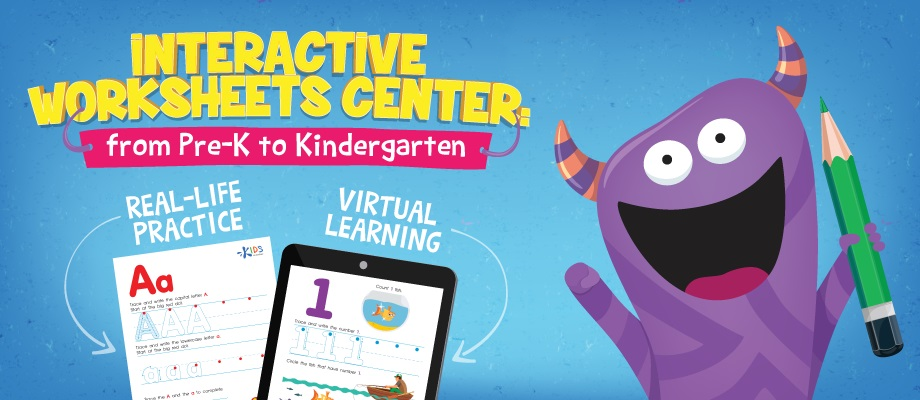Understanding vowel sounds Normal Worksheets for Ages 6-9
4 filtered results
-
From - To
Help your child master vowel sounds with our "Understanding Vowel Sounds Normal Worksheets for Ages 6-9". Designed to align with early education standards, these engaging and educational worksheets focus on the fundamental skills necessary for reading and language development. Your young learner will improve their ability to identify, pronounce, and differentiate between vowel sounds through a variety of fun exercises and activities. Perfect for both classroom settings and at-home practice, our worksheets provide ample opportunities for practice and reinforcement. Give your child the essential tools they need to excel in literacy with our expertly crafted resources at Kids Academy.


Reading: OW and OU Words Worksheet


Long or Short Reading Worksheet


Reading: Long a and Short a Worksheet


Long and Short I Worksheet
Understanding vowel sounds is a critical aspect of early literacy development for children aged 6-9. This period, often corresponding with kindergarten to third grade, is foundational for reading and writing skills. Vowel sounds, which form the heart of syllables, play a vital role in the phonemic awareness that is crucial for decoding words. When children grasp the differences and subtleties of vowel sounds, they can better sound out words they encounter, enhancing their reading fluency.
Additionally, proficiency with vowel sounds aids spelling because many English words do not follow simple phonetic rules. Understanding whether to use "a" versus "o" in a word like "bat" versus "bot" can prevent common mistakes and build confidence. Children who struggle with vowel sounds may face broader literacy challenges, potentially affecting their academic progress across all subjects, as literacy is the backbone of most educational activities.
Moreover, early grasp of vowel sounds aids in the development of strong verbal communication skills. Mispronouncing words because of confusion with vowels can lead to misunderstandings and affect a child's ability to express themselves clearly.
For parents and teachers, reinforcing vowel sound recognition at this age helps children to become more competent, confident readers and spellers, laying a strong educational foundation that supports lifelong learning and effective communication.
 Assign to My Students
Assign to My Students
















